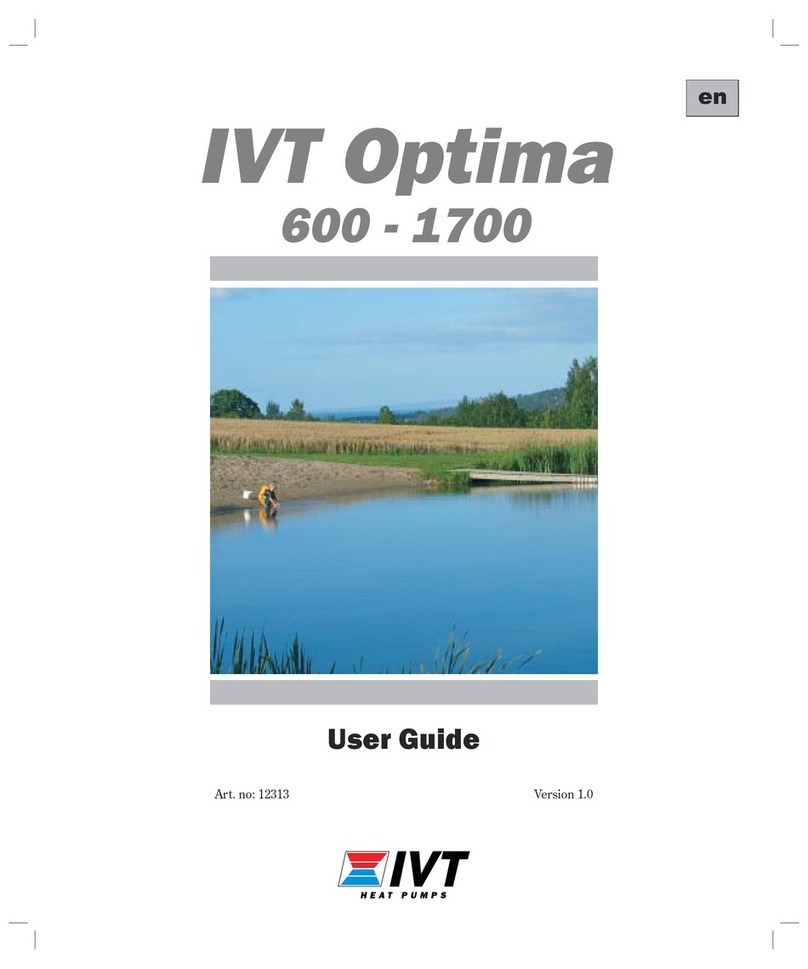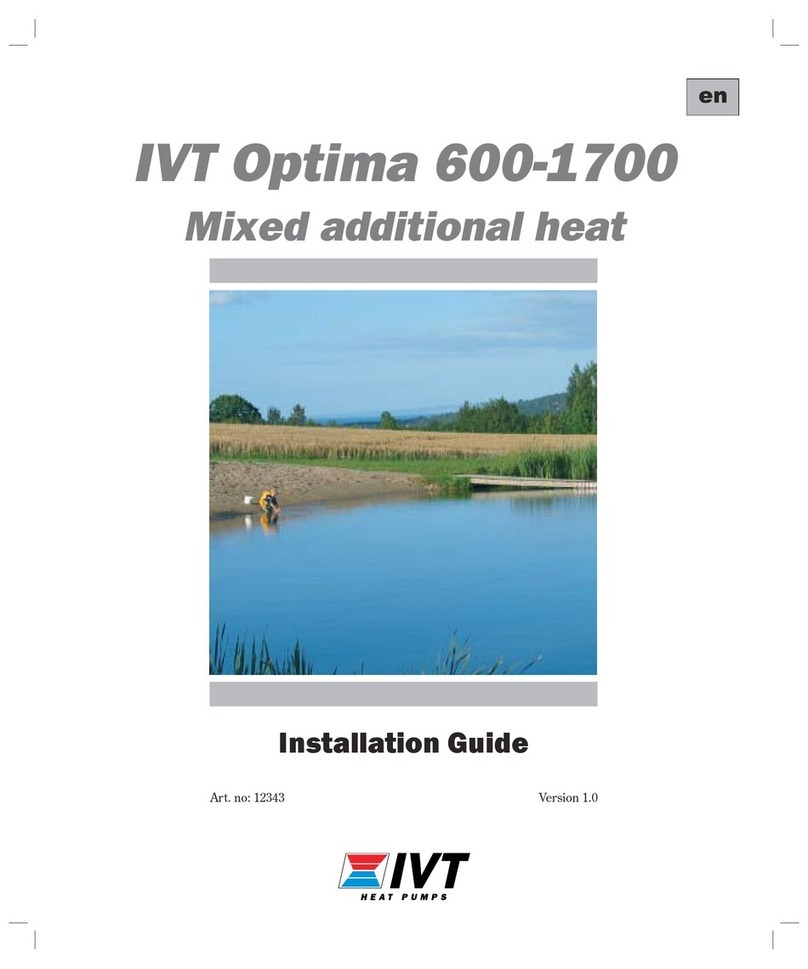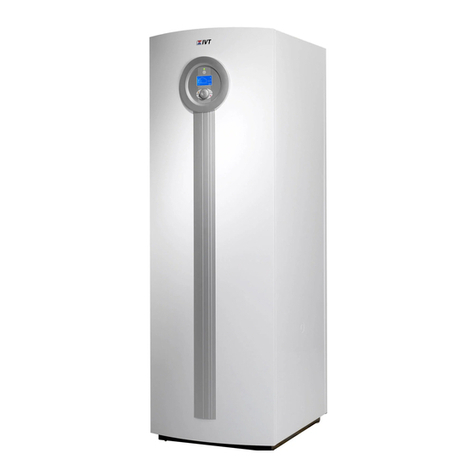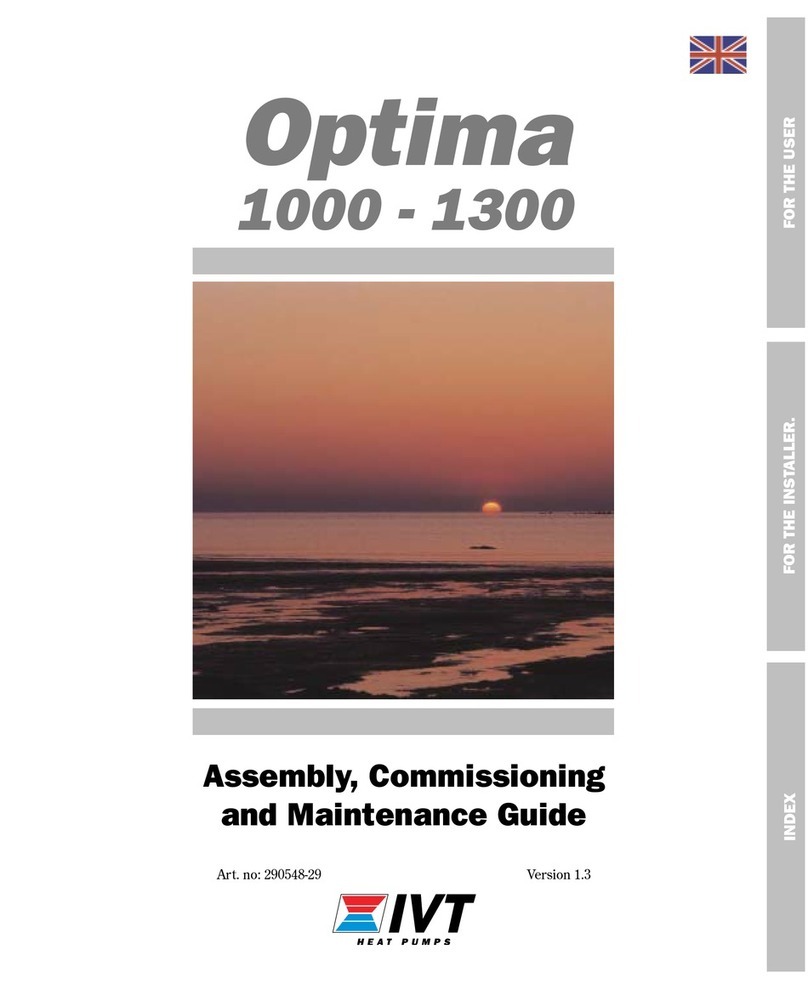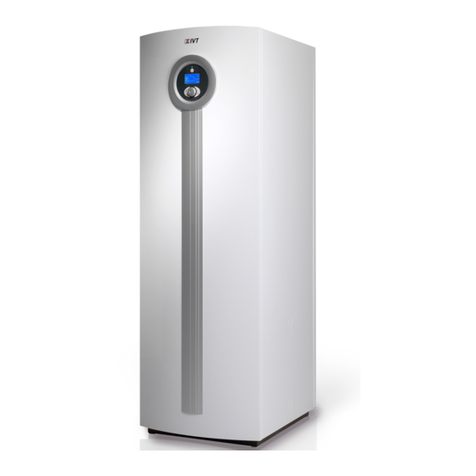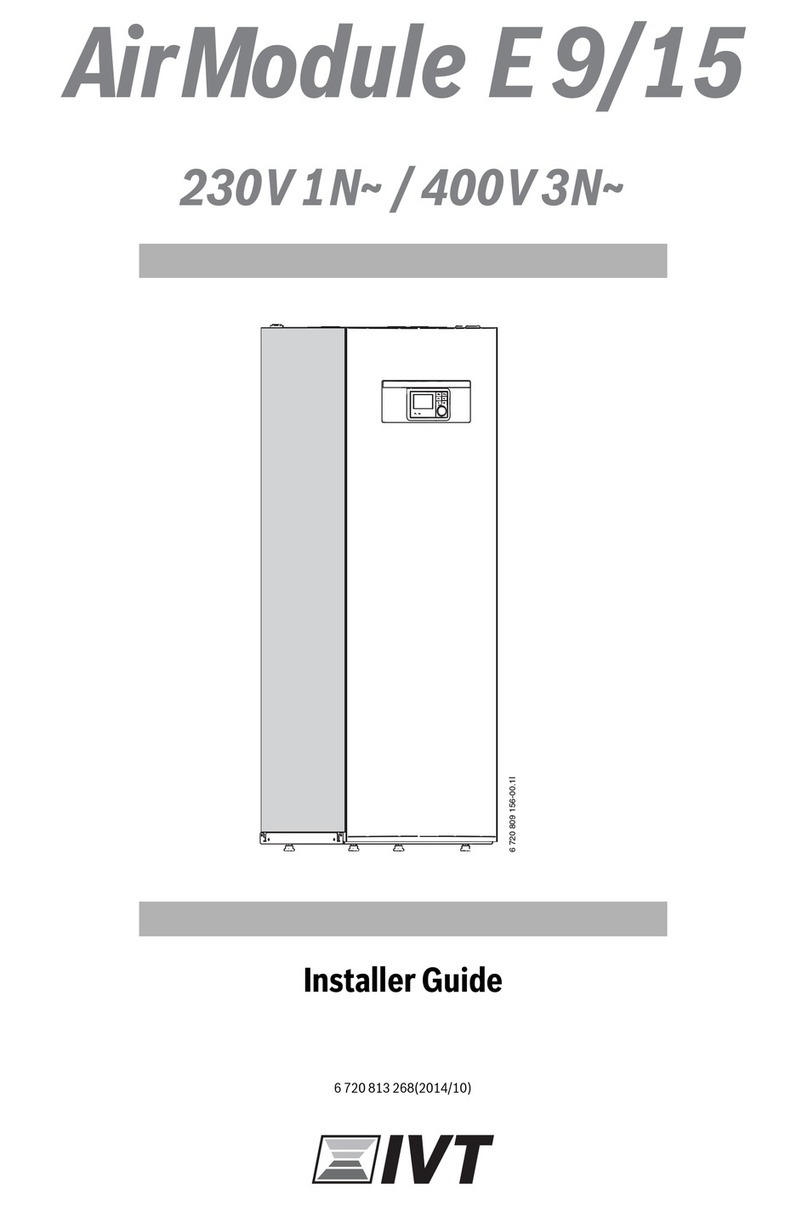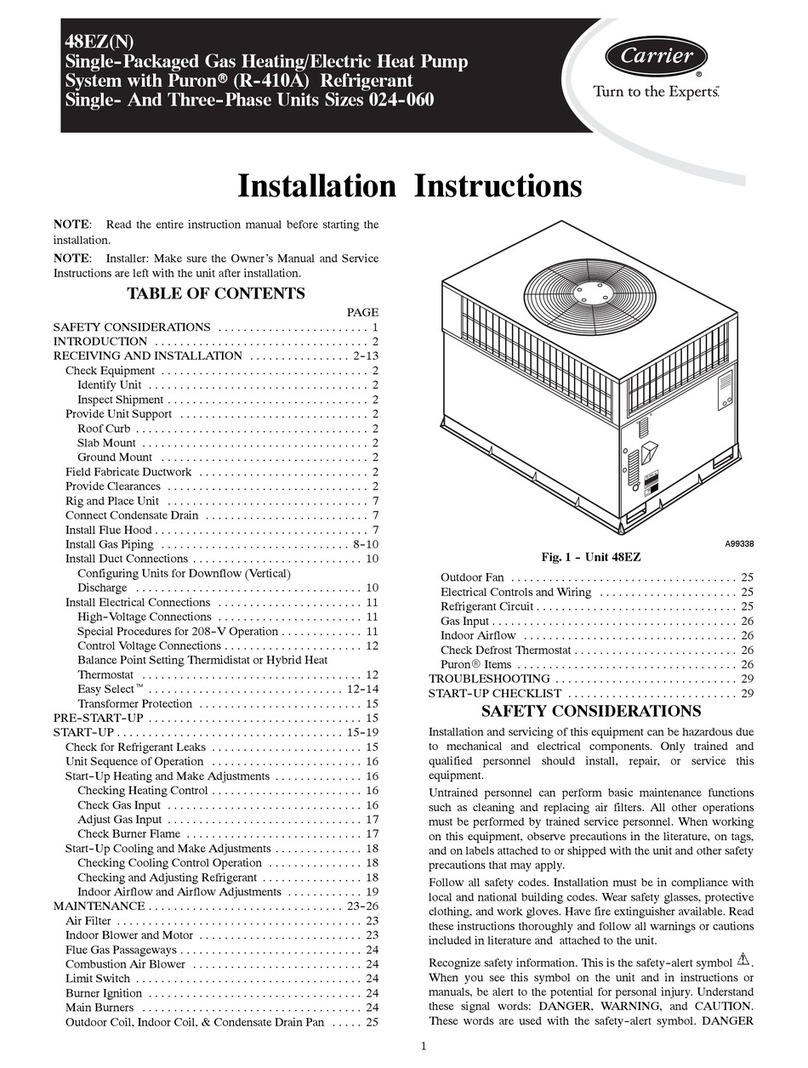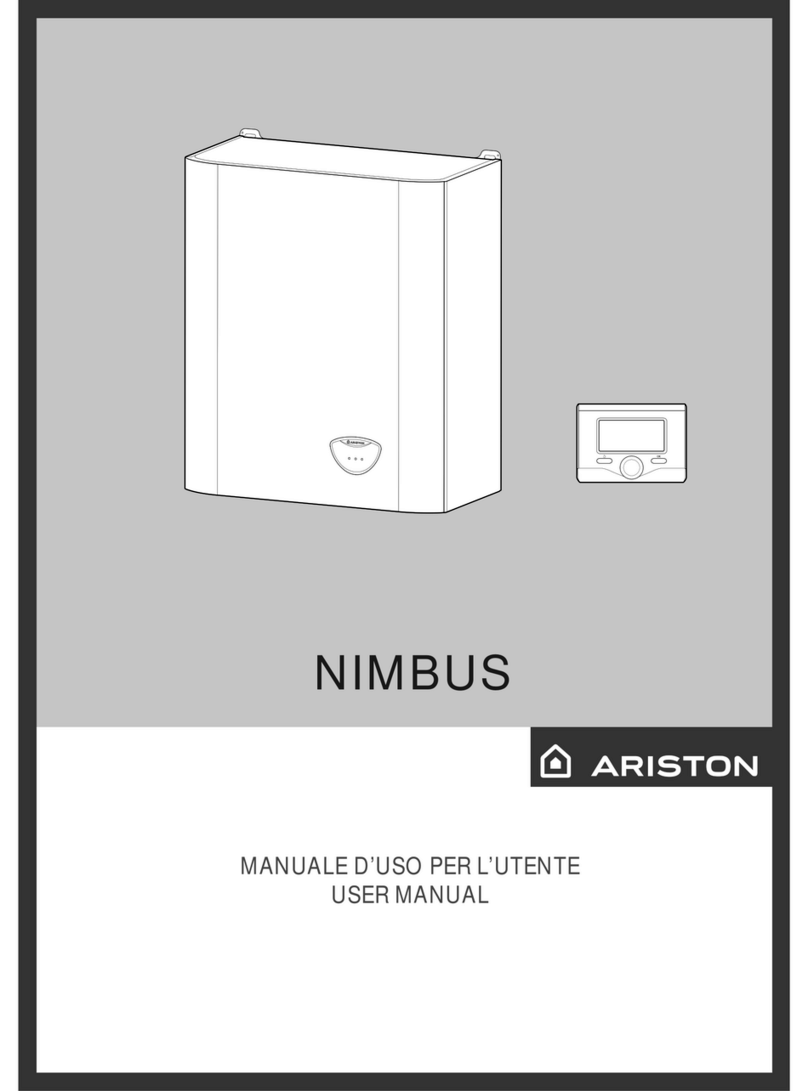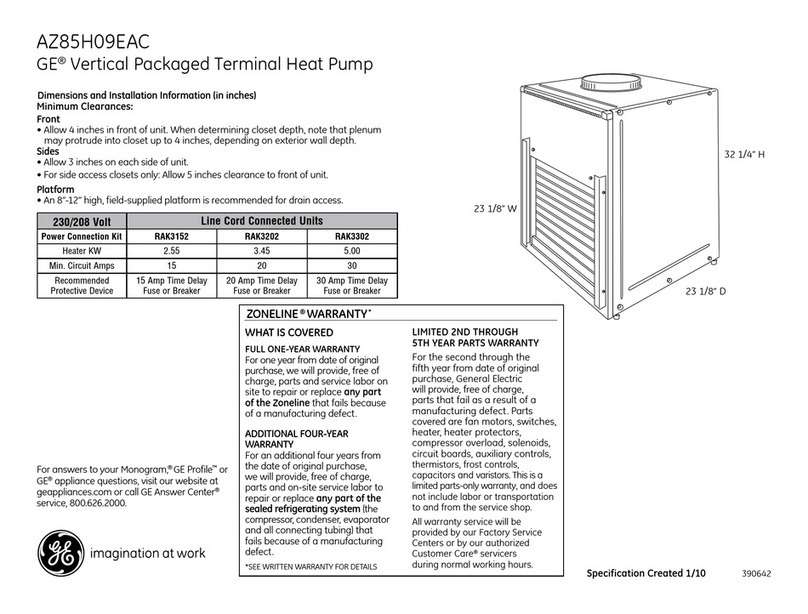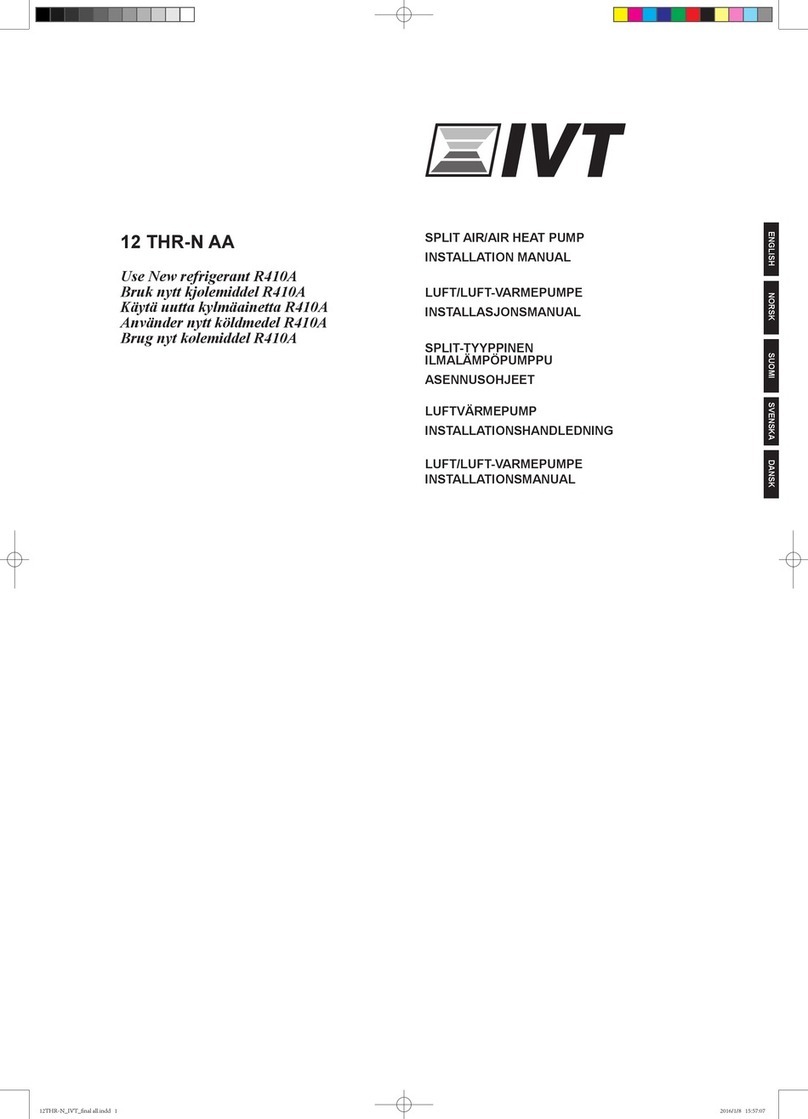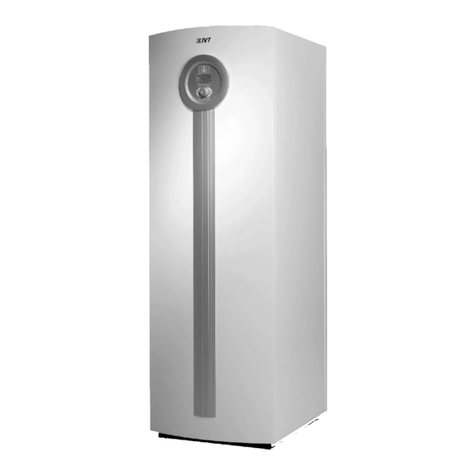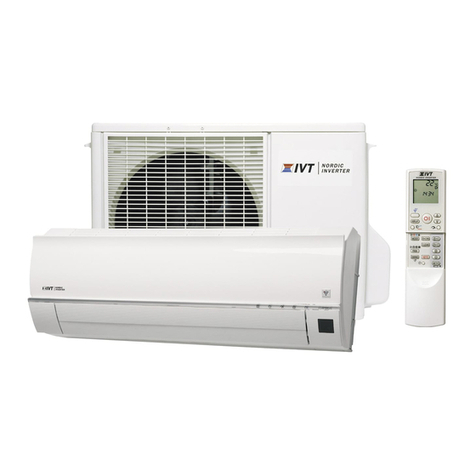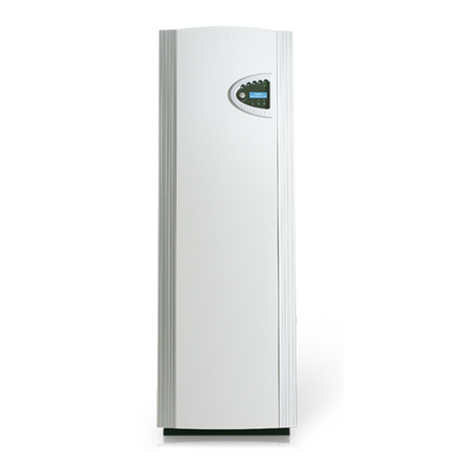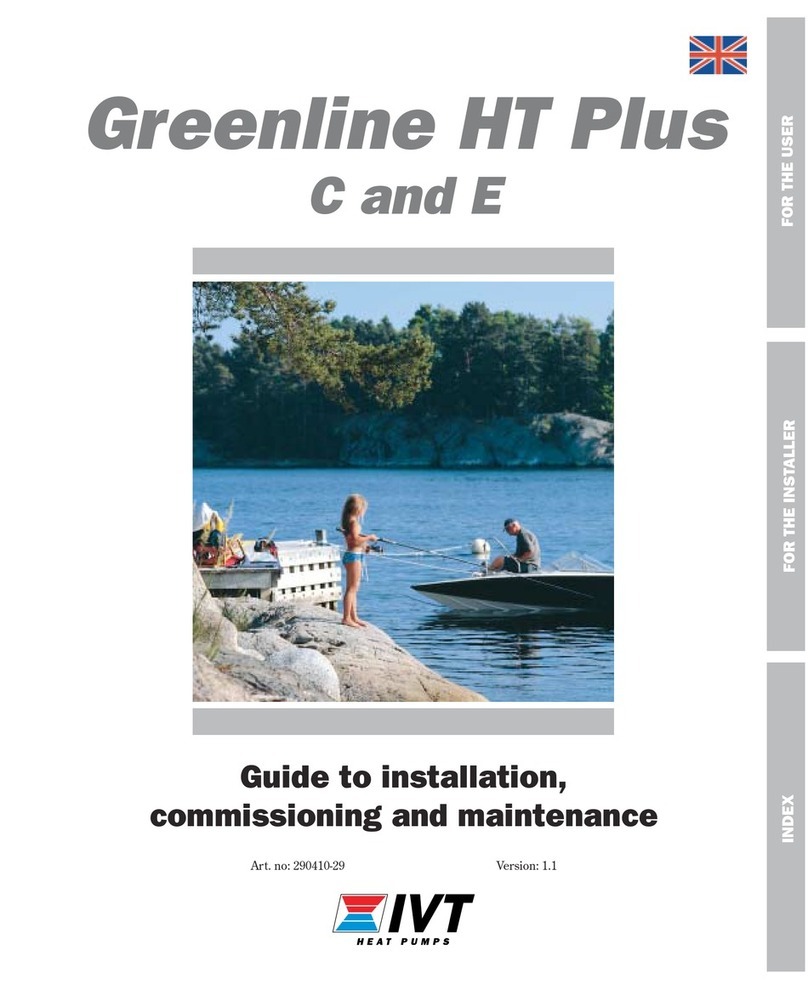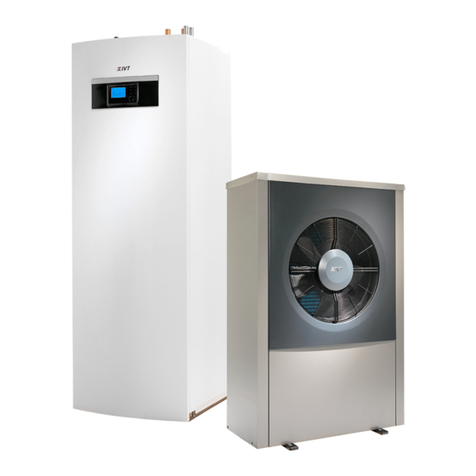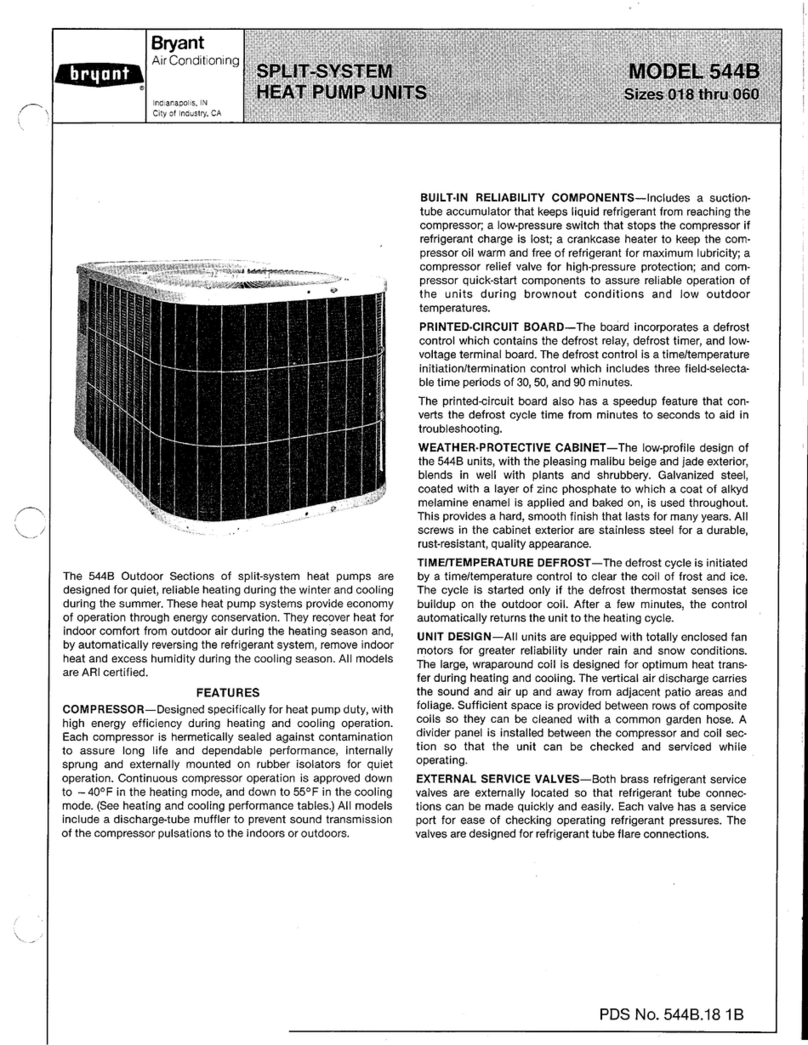4
Contents
FOR THE USER .................................................................................................... 5
Important information....................................................................................... 5
This is how your heat pump works ..................................................................... 6
Technology in and around the heat pump................................................................................................................6
Component parts of the heat pump .................................................................... 8
Control unit Rego 637..................................................................................... 10
The control unit’s two methods to control the heat pump........................................................................................11
The control panel ............................................................................................ 12
Buttons and lamps ................................................................................................................................................12
Menu dial .............................................................................................................................................................13
How to use the control panel .................................................................................................................................13
Basic functions (Customer level 1) ................................................................... 13
Menu outline for Basic functions (Customer level 1).............................................................................................14
Select scrolling information on the menu display...................................................................................................14
Set the heating ......................................................................................................................................................15
Set the desired room temperature ..........................................................................................................................18
Set the heat pump for extra hot water ....................................................................................................................18
Heating and hot water settings ..............................................................................................................................19
Read the temperatures on the heat pump...............................................................................................................19
Extra functions (Customer level 2) ................................................................... 21
Menu outline for Extra functions (Customer level 2).............................................................................................21
Temperature settings ............................................................................................................................................22
Set extra heat curve with mixing valve ..................................................................................................................23
Hot water settings .................................................................................................................................................24
Timer control........................................................................................................................................................24
Reading operating times on the heat pump and additional heat ............................................................................25
Set the time and date ............................................................................................................................................26
Alarms given by the heat pump .............................................................................................................................27
Return to factory settings.......................................................................................................................................27
Maintenance................................................................................................... 28
Opening the front cover .........................................................................................................................................28
Sight glass.............................................................................................................................................................28
Expansion vessel ...................................................................................................................................................29
Particle filter.........................................................................................................................................................29
Checking the protective anode ...............................................................................................................................30
Savings .......................................................................................................... 31
What to do if a fault occurs .............................................................................. 32
Dimmed menu display ..........................................................................................................................................32
Fuses and reset buttons on the heat pump..............................................................................................................33
All alarms.............................................................................................................................................................33
Technical information...................................................................................... 40
The heat pump's factory settings ............................................................................................................................40
Sensor table...........................................................................................................................................................40
Technical information...........................................................................................................................................41
Index ............................................................................................................. 42
Table of Contents


